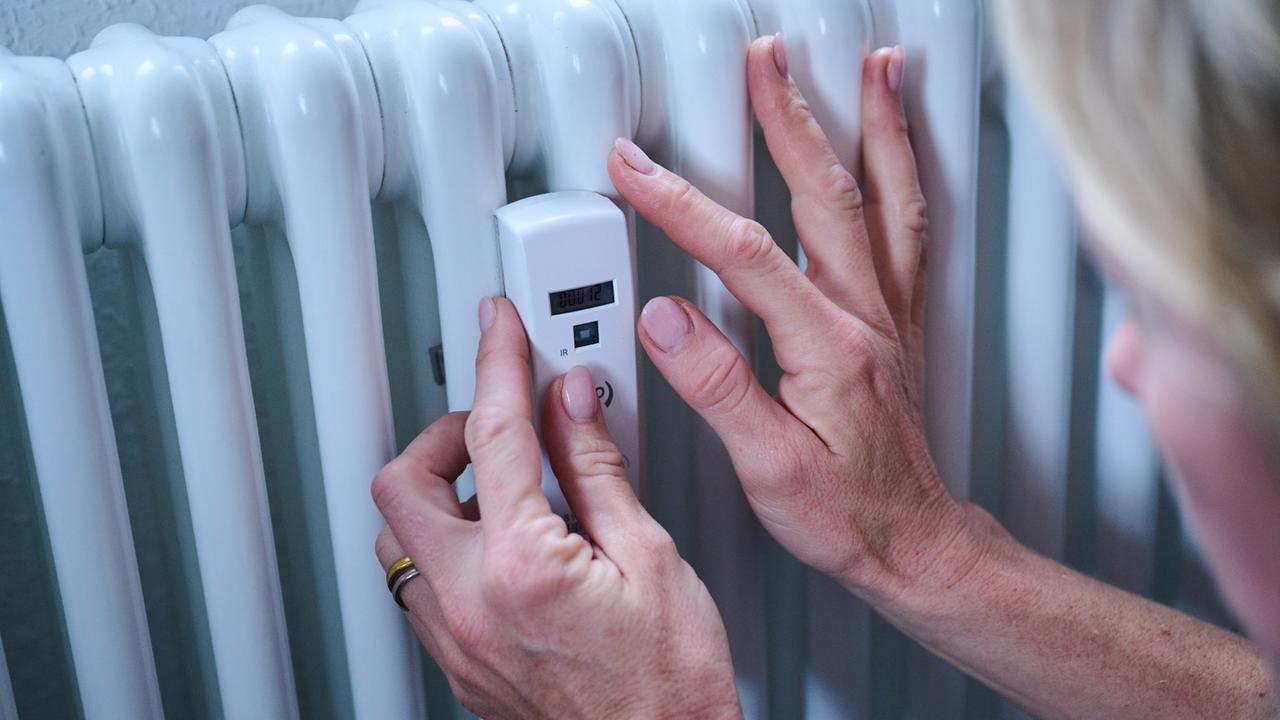The heating bill could be significantly higher for many this year. This is shown by data from the energy service provider ista. Consumption can often be easily reduced.
The Germans are apparently heating more carelessly again. The analysis of current consumption data from the energy service provider ista has shown that from September to November private households’ consumption of heating energy, adjusted for weather conditions, increased by twelve percent compared to the same period last year. Consumption was at least at the same level as before the energy crisis.
“Consumers are apparently lulled by the supposed security of lower energy prices,” says ista boss Hagen Lessing. But that is a fallacy. The prices are no longer at the top level, but overall they are still significantly higher than last year.
Ista can track consumption based on large amounts of data. The company uses around 33 million connected devices to record the individual energy consumption of around 13 million apartments and commercial units in 22 countries.
Consumption should become more transparent
The problem is that tenants have not yet had a real overview of their current heating expenses. You will only find out your consumption in the annual bill many months after the end of a heating period.
Now ista promises to ensure more transparency about the heating behavior of Germans. The so-called “Heiz-O-Meter” continuously evaluates current monthly data from around 350,000 households and uses this to determine real consumption nationwide. This data is also broken down by federal state and the 20 largest cities. The anonymized data comes from ista customers who have agreed to monthly consumption measurement.
The website of the “Heiz-O-Meter” of the Ablese Group is a.
For a better comparison, the numbers are then compared with data from the German Weather Service. “With the Heiz-O-Meter, not only can tenants better classify their heating behavior based on general consumption trends, politicians can now also find out how energy consumption in the housing sector is developing as early and reliably as never before. This means they can do so if necessary take action in a timely manner in the interest of security of supply,” said Lessing.
More motivation to save energy?
This could motivate consumers to save energy. Even a few degrees have a big effect. “The cheapest energy is the energy that is not used in the first place. The simplest and most effective means is a small turn on the thermostat, because every degree less saves around six percent in heating costs,” says Jens Krumnow, energy consultant at the Brandenburg Consumer Center.
Anyone who lowers the temperature in the apartment from 24 to 20 degrees has already saved almost a quarter of their heating costs. It is also important to check the heating settings regularly. “During consultations, we repeatedly find that heating systems are set incorrectly or are sometimes still at the factory settings and thus use energy unnecessarily,” says Krumnow.
power consumption through ignorance
Too much energy is often consumed by ignorance. “In our consultations, we repeatedly experience that people complain because the room doesn’t get really warm. Often it’s because the heater is hidden behind the sofa and the heating air can’t be distributed properly in the room,” reports Krumnow .
Another mistake is to set the thermostat to the highest setting so that the room heats up faster. “The room always warms up at the same rate because the thermostat does not regulate the speed, but rather sets the desired maximum temperature. Level one corresponds approximately to a temperature of twelve degrees. The distance between the levels is about four degrees; mark the small lines between them “One degree each. So level five already corresponds to around 28 degrees,” says Krumnow. Energy can be lost quickly, which is clearly noticeable on the bill.





